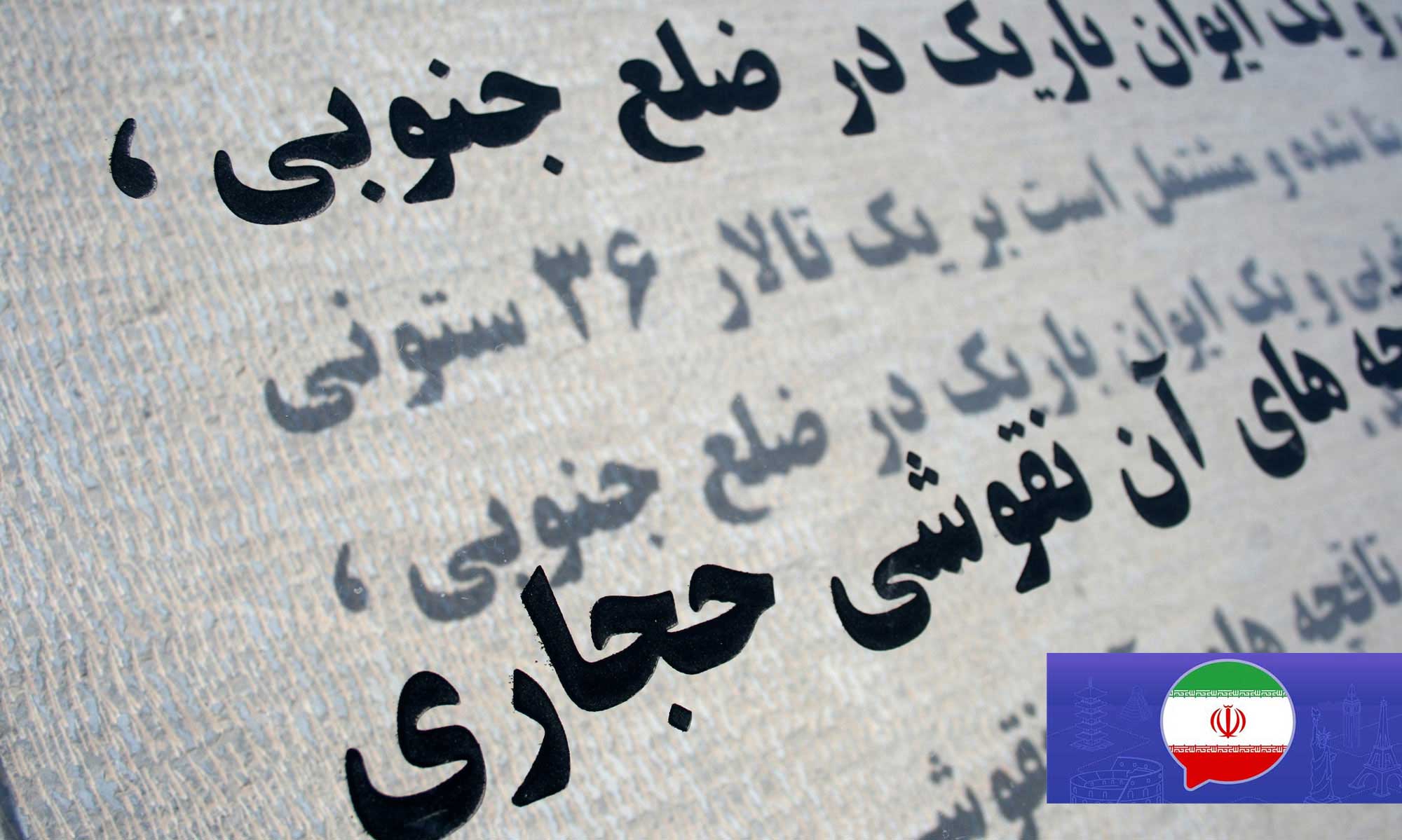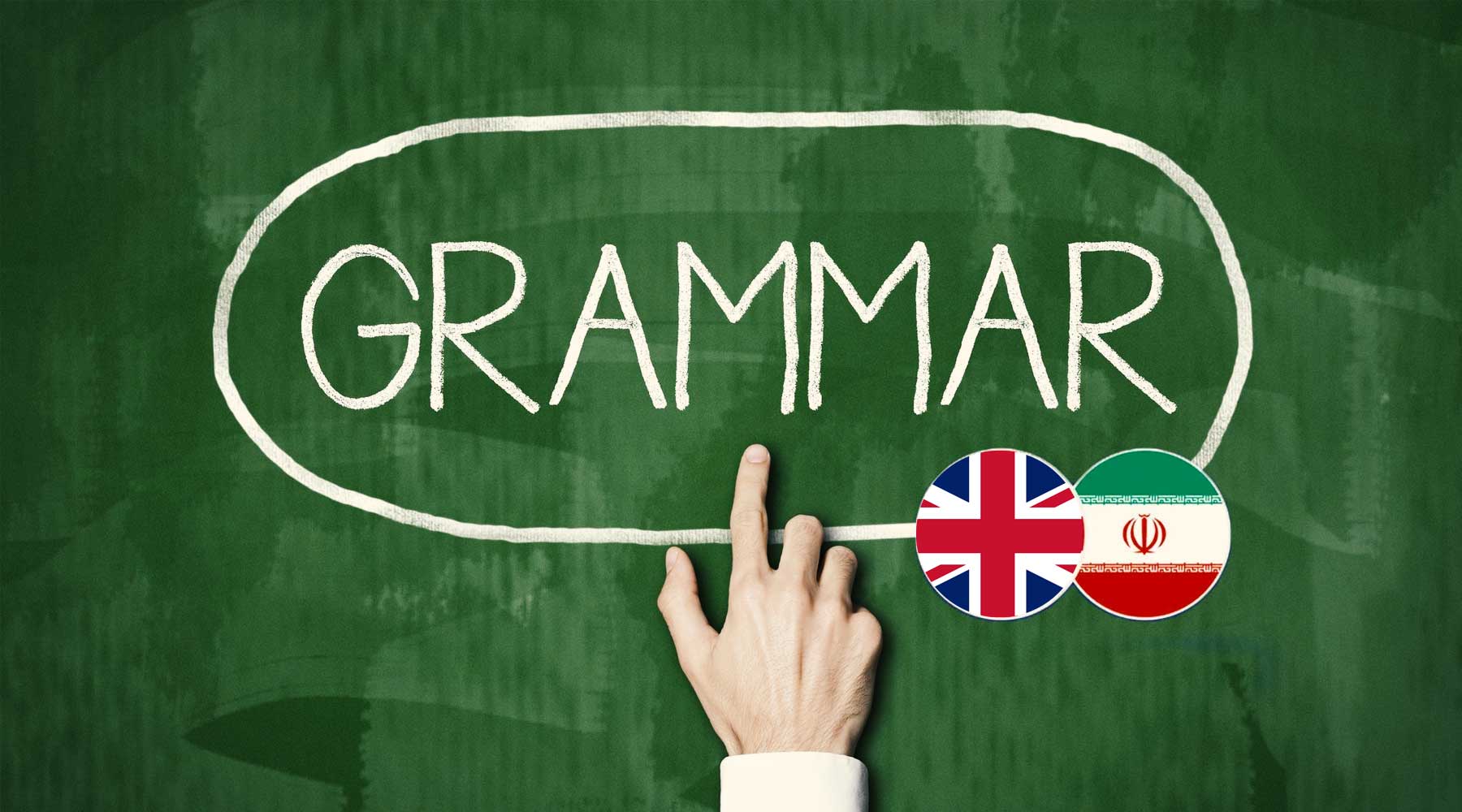What Is the Difference Between Persian and English Grammar?
Persian has its own grammar rules, just like English. “Grammar” is the name given to this set of guidelines. Almost all languages use the terms “subject” and “verb” to denote the two basic elements of a sentence. To put it another way, learning a language becomes much simpler once we get familiar with the concepts of subject and verb.
Now it’s time to go through the basic grammatical rules in Persian language and their differences with English grammar.

Learn Persian grammar; How is it different from English?
Here, we’ll help you discover the most compelling reasons to study Persian grammar. The more you study Persian grammar, the more fluent you will be in the language. Although all languages share grammar and vocabulary, fundamental distinctions make learning a language difficult.
You can learn a lot about Persian grammar by comparing it to English. In this section, we compared Persian grammar to English. In fact, understanding the distinctions between Persian and English grammar can help you study Persian and prevent you from making several grammatical errors.
Let’s look at some examples of how Persian and English grammar vary.
The arrangement of the words
The way words are arranged is what distinguishes one language from another. Grammar is a big help when it comes to writing good sentences. Subject and verb exist in Persian like in other languages. The subject is referred to as Nahad in Persian, whereas the verb is referred to as Fe’el.
We need to learn additional rules to construct more complex sentences. Putting your target words in the order in which they appear in your native language produces a statement that native speakers find strange. As a result, acquiring a working knowledge of grammar is critical. Like in Persian, an English sentence might begin with a subject.
Verbs are arranged in a certain order in English, with the subject followed by the object and other parts of speech. Contrary to popular belief, the verb in a Persian phrase comes last.
We’ve included phonetic transcriptions alongside Persian samples provided to make speaking Persian easier. Let’s use the following basic statement as an example in English and Persian:
English arrangement: Sara went to the restaurant.
Persian arrangement: Sara to the restaurant went.
Phonetic Persian transcription: Sara be restaurant raft
Noun and adjective arrangement
The organization of nouns and adjectives in Persian differs from that of English. As a rule, adjectives in Persian are placed after the nouns, but in English, adjectives are placed before the nouns. Consider the following example:
English: This is a lovely bloom.
Persian: This bloom lovely is.
Persian transliteration: In shekoofe khoshgel hast.
This= in , Bloom= Shekoofeh, lovely= khosgel , Is= hast
No Grammatical Gender
There is no gender distinction in any aspect of Persian grammar. When comparing the two languages, Persian has gender-neutral nouns and verbs, whereas English has specific nouns for each gender. Here are a few real-world examples:
Grammatical gender for animals
As in English, there are distinct nouns for male and female animals. Only one term is used to describe an animal in Persian, regardless of sex, male or female.
English: Cow (female) and bull (male).
Persian: /gav/
Grammatical gender for occupations
In Persian, the vocabulary used to describe employment does not indicate the gender of the individual. You may be a male or female actress, which makes no difference. There is just one term for both sexes.
English: Actor (male) and actress (female)
Persian: /bazigar/

Writing System
In contrast to English writing system, which reads from right to left, Persian script reads from left to right. At first, it seems unusual for a Persian student. So, as a Persian learner, you may have to adapt all of your reading and writing routines to the new alphabet.
Persian teachers who are just beginning to teach this lovely language must be acquainted with Persian alphabet sound system as well as grammar and its peculiarities from English or their own native language.
No capital or small letters
There is no capitalization or small letters in Persian. Similar to English, there are uppercase and lowercase characters.
One must compare Persian grammar to English grammar to understand why certain mistakes occur. The book “Fundamental Grammar of Farsi Verbs” is an excellent resource for learning fundamental Persian grammar principles, particularly Farsi verbs and tenses.
It’s a grammatical guide that will assist you in becoming an expert in Persian language (Farsi). Because it contains 202 quizzes, each followed by its solution, this book is perfect for use in either independent study or in a classroom setting.
As a result of this method of teaching Persian grammar, students, Persian fans, tutors, and instructors can better understand this beautiful language with a rich history. Learning about the fundamental differences between Persian and English grammatical structures can assist you in loving the journey of learning a new language rather than struggling with it.
Verb Tenses
There are no exceptions in Persian since the infinitive is the root of all verb tenses. Regular verb infinitives often finish in /tan/, /dan/, or /idan/, depending on the kind of verb. Studying Persian verb forms and their use in real-life situations can help you quickly learn the language.
There are also so many good books which help you learn the language quickly. These books will teach you how to write Persian with proper grammar and how to communicate correctly in Persian.
Is it simple to learn Persian grammar?
Persian is a very simple language for English speakers to pick up compared to other major Middle Eastern and European languages. It is often recognized as having a particularly pleasant sound.
The formal grammar of Persian is surprisingly easy to grasp. Verb conjugation does not have gender, noun inflection, adjectival agreement, or any other grammatical abnormalities in this language. While Persian lacks inflection, it makes up for it with syntax and idiomatic intricacy, much like English.
To fully understand the Persian conversational, which is revered and used by all Persian speakers, one must first have a solid foundation in the language.
Related Posts











